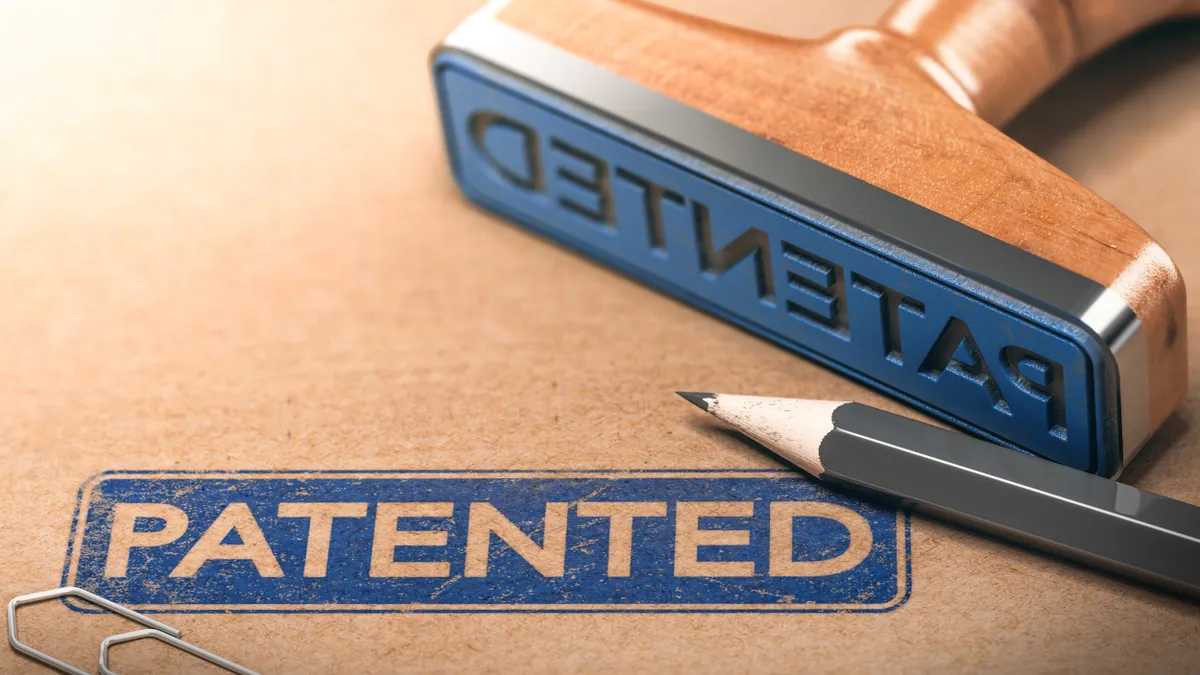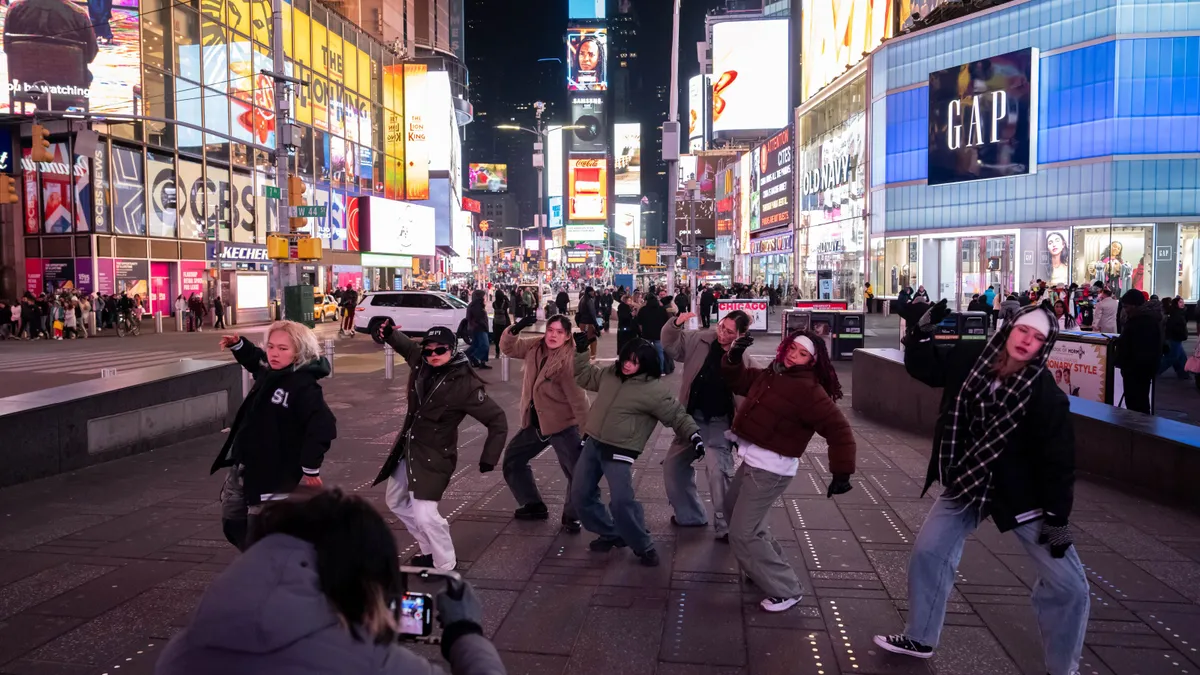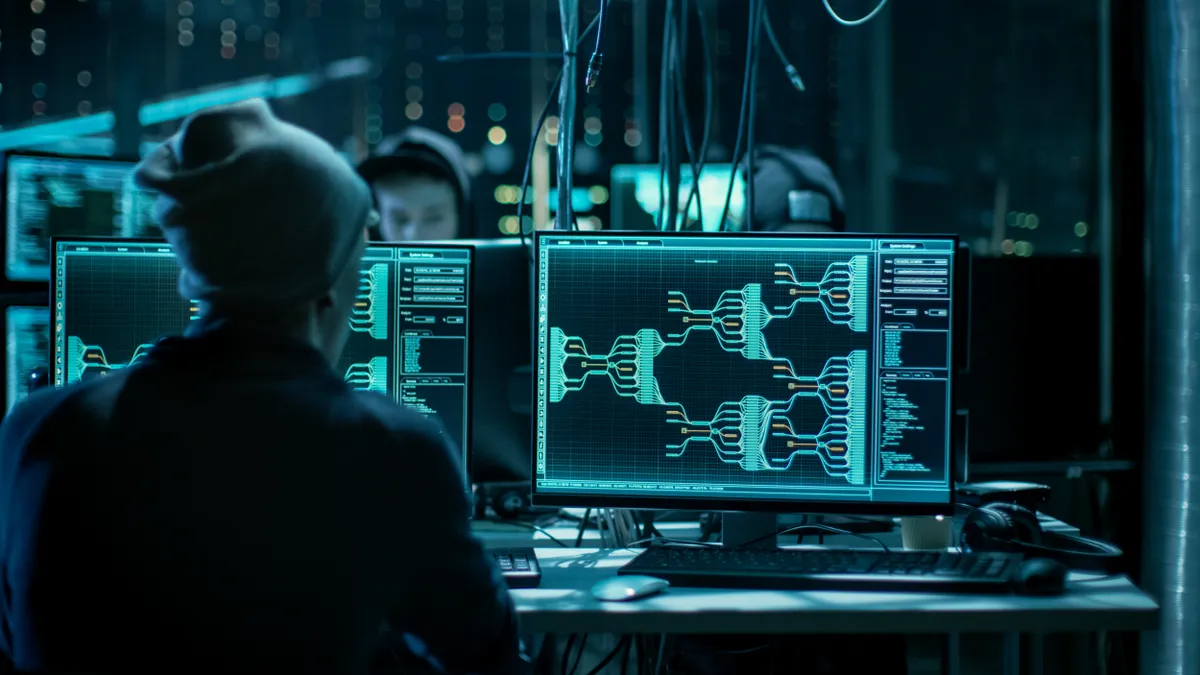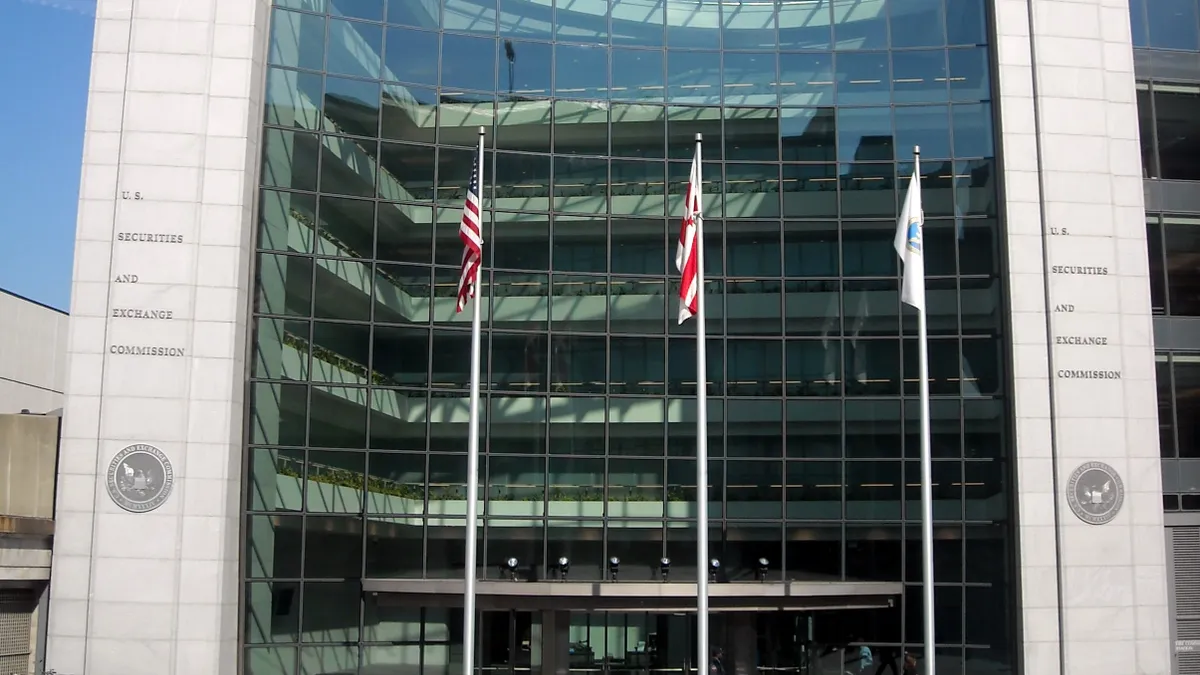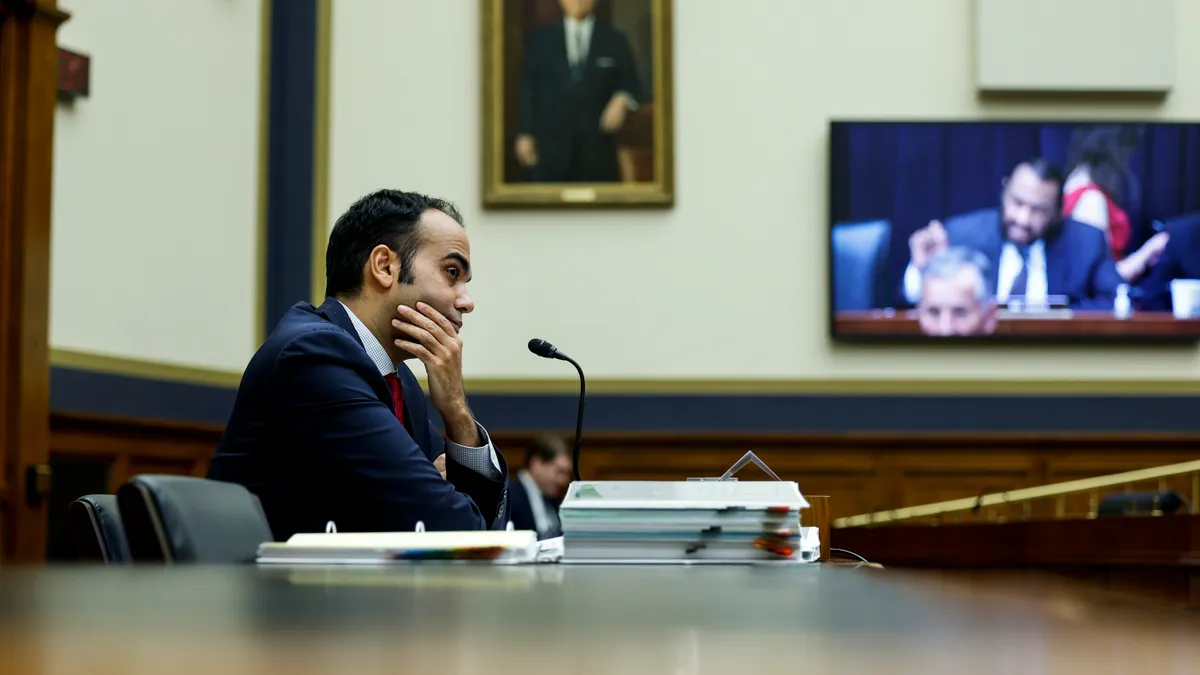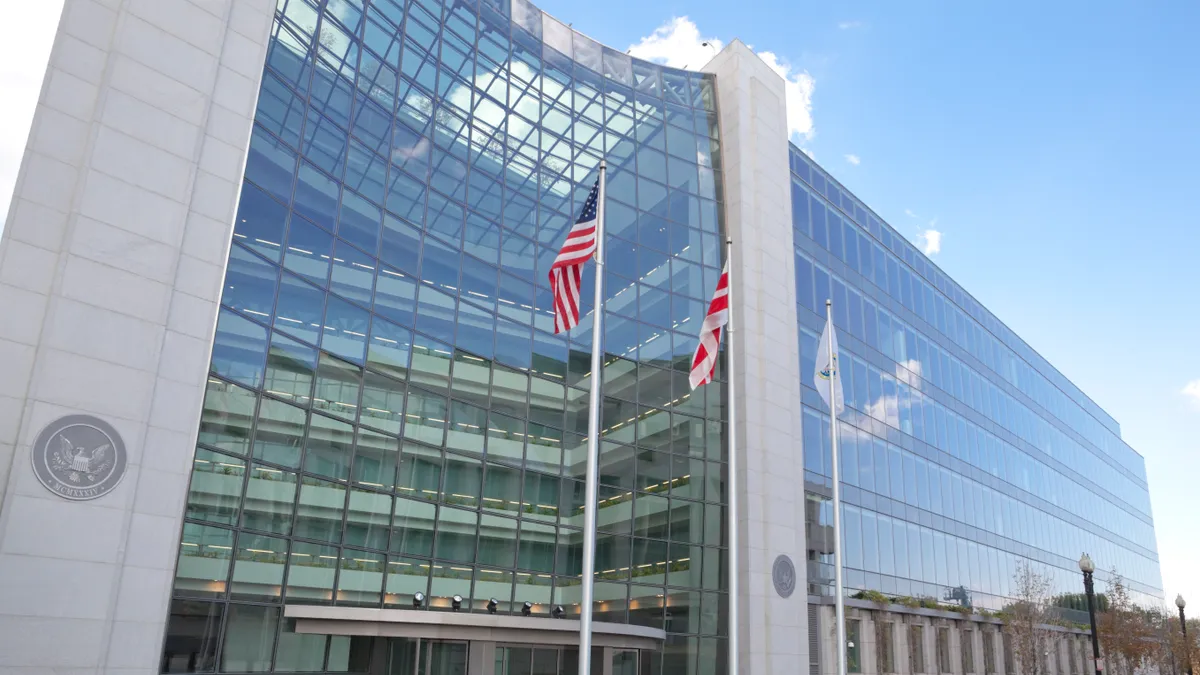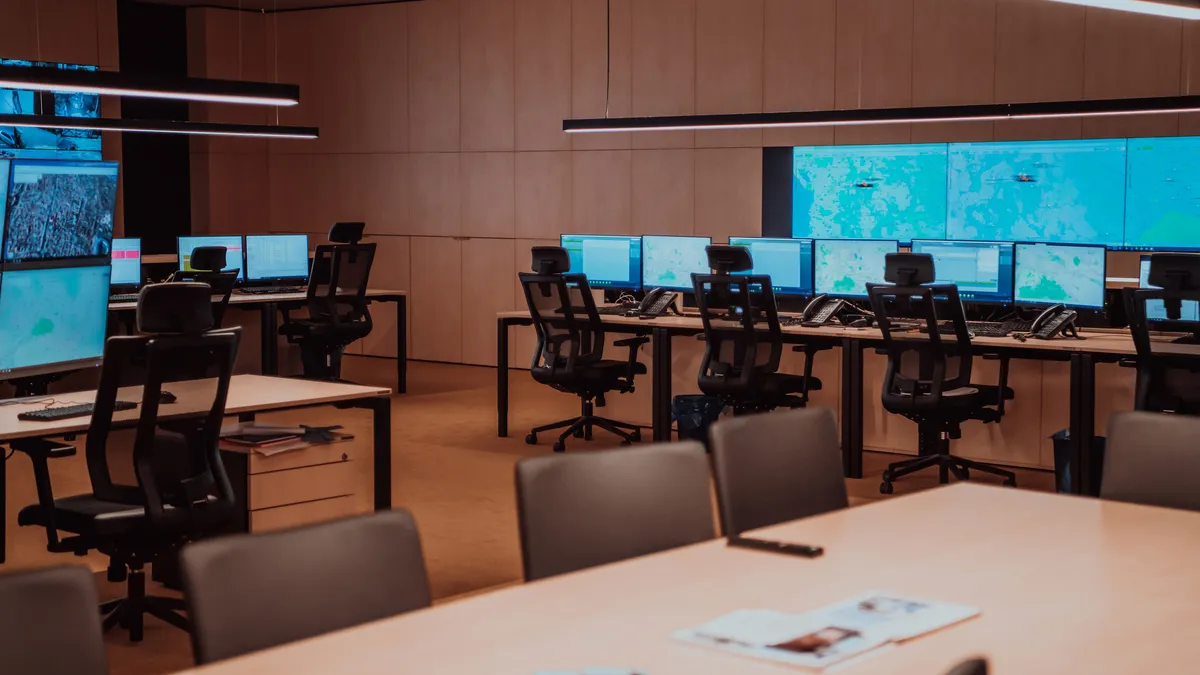Clarity on a muddled patent eligibility issue could be on the horizon now that the U.S. Solicitor General has recommended the U.S. Supreme Court review a case that, critics say, is part of a growing trend that’s leading to companies not getting protection they’re due.
The Supreme Court asked Solicitor General Elizabeth Prelogar to weigh in on 2020 federal circuit decisions that found Neapco Holdings not guilty of infringement because American Axle’s method of reducing driveshaft vibration, based on a natural law known as Hooke’s law, isn’t patentable under Section 101 of the U.S. Patent Act.
Section 101 denies patent eligibility to anything that’s based on an abstract idea, natural phenomenon or, as in the case of American Axle’s product, a law of nature, among other things. Hooke’s law looks at elasticity and lays out how an object behaves when it’s stretched or bent. In the case of American Axle, it provides the underlying rationale for how its prop shaft liner dampens axle noise.
The company, arguing its driveshaft technology is an innovative application, sought review by the Supreme Court, which last year asked the Solicitor General to look at the case.
“This is the type of claim that’s traditionally been eligible for patent,” Paul Browning of Finnegan told Legal Dive. “There might be other problems with it. Maybe it’s obvious or not well supported by the patent specification, but … every invention relies on some kind of law of nature or something natural.”
That’s the view the Solicitor General has taken. "Historically, such industrial techniques have long been viewed as paradigmatic examples of the 'arts' or 'processes' that may receive patent protection if other statutory criteria are satisfied," the recent amicus brief says.
New paradigm
Since the 1950s, when the Supreme Court laid out its ideas of what is and isn’t eligible for protection, the patent system has largely found a balance between innovation and the role of abstract ideas and natural laws. But in recent years federal courts have been applying the Patent Act’s Sec. 101 restrictions to a growing list of claims that, in the past, probably would have been protected.
In one 2021 case, Yu v. Apple, a federal appeals court upheld a circuit court decision that a digital camera whose innovation is to merge two images into one to produce a superior image isn’t patentable because it’s based on a widely recognized abstract idea.
“Photographers have been using multiple pictures to enhance each other for over a century,” the court said in its ruling.
The Supreme Court has contributed to the confusion.
In a widely cited 2012 case, Mayo Collaborative Services v. Prometheus Labs., the court said a test for individualizing drug dosages couldn’t be patented because the application was simply measuring a patient’s response to different drug doses.
"Because methods for making such determinations were well known in the art, this step simply tells doctors to engage in well-understood, routine, conventional activity previously engaged in by scientists in the field,” the court ruled.
That decision, cited widely in subsequent cases, was criticized at the time.
“The Court's analysis creates a framework for patent eligibility in which almost any method claim can be invalidated,” Robert Sachs, at the time with Fenwick & West and now principal of his own firm, has said.
Opportunity for clarity
Browning sees American Axle as a good case for the Supreme Court to take another stab at patent eligibility because it involves a mechanical device rather than something more complicated, like a drug or diagnostic tool.
“The technology is not extraordinarily complex,” he said.
It also helps that the Solicitor General, in making its recommendation for the Supreme Court to hear the case, did a good job in laying out all the factors to look at.
“I think the Supreme Court legitimately wants to hear what the Solicitor General says,” Browning said. “I thought the brief was effective, easy to follow, clear, and cited the Supreme Court’s own precedents, and it showed problems of the federal circuit decisions in light of these precedents.”



